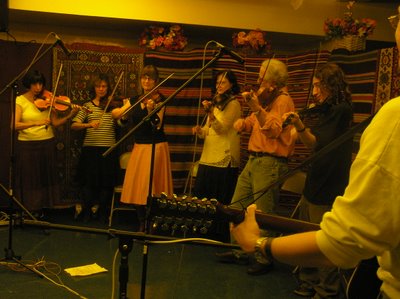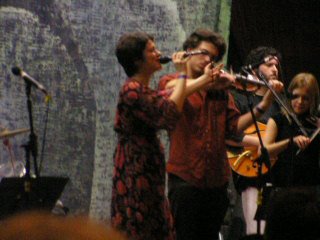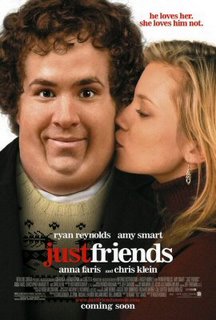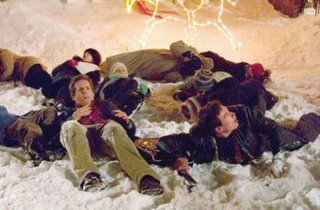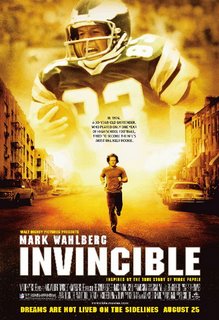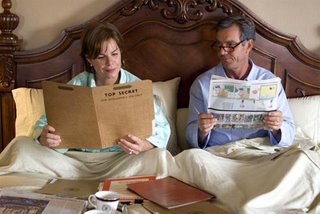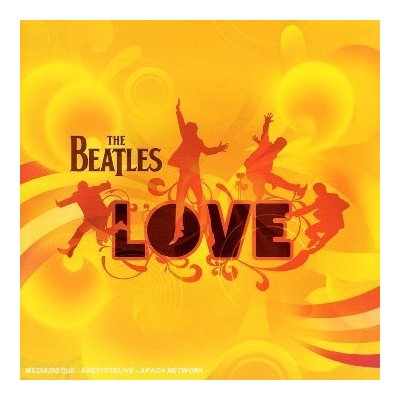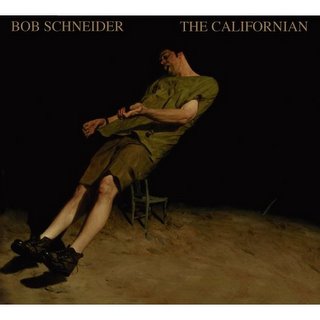After enjoying the nine part
Brotherhood of War by W.E.B. Griffin, I'm now going to review the ten part series on The Corps. I'm planning on reviewing each novel, but keeping it together in one post, by adding them in. This series of novels follows the story of the Marine Corps through the Pacific theater of World War II.
Semper Fi
This is the first novel of the series. We start in Shanghai, China where the Marines are deployed, and engage in reconnaissance of the Japanese in the nearby area. The principal character is James McCoy, an enlisted man. We learn of his spying activities, and how he reluctantly ends up going through Officer Candidate School, to become a 2nd Lieutenant. He then gets assigned to the Intelligence division Semper Fi finishes with the attack on Pearl Harbor. Griffin cleverly puts McCoy in the aftermath of Pearl, and then in the Phillipines.
This is a very well done novel. The history is all spot on. The writing is succint, and flows. The only criticism I can give
Semper Fi is that once it is started, it's addictive, and impossible to put down.
Grade: A+Call To Arms
This second installment develops the series further along the theme of the Marine Raiders. Not to be confused with the football team, these Raiders were an almost forgotten attempt at a Special Forces unit during World War II. If you've never heard of them, you're hardly alone as the author goes through some of the actual history in the preface.
As the Marines are already thought of as an elite unit, the idea of an elite within an elite was quite controversial back in the day.
Call To Arms explores some of this controversy. This is done by having now Second Lieutenant Ken McCoy getting assigned to the intelligence division, and then reassigned to the forming Raider division. The novel concludes with a Raider attack on Makin Island which displayed a lot of the weaknesses of the new division and tactics. It was done more for psychological value than true strategic importance against the Japanese.
In the meantime, McCoy's wealthy best buddy, Pick Pickering, ends up in Naval Aviator school in Pensacola, Florida. He also starts to get involved with a widowed Admiral's daughter.
Along the journey, Griffin manages to interweave in some details about the history of the M1 carbine, also known as the Garand.
I was a little disappointed that the story of Wake Island, "The Alamo of the Pacific," got rather glossed over. That said, the rest of the novel is well done, and the interweaving of the characters among the history is masterfully done.
Grade: ACounterattack
This third part of the saga continues a number of the plot lines from the previous two novels, with its formidable cast of over a dozen main characters. There is one notable exception though- the main character from the last two books, "Killer" McCoy only gets a passing mention or two. Also notable is that we move back in time to Pearl Harbor and Wake Island, now seen through different perspectives.
There is A LOT going on throughout this work. In my opinion, there are two main plot lines in Counterattack.
The first involves Fleming Pickering. He is the father of Pick Pickering that was a room mate, and good buddy of McCoy. He is a fascinating character that was a Marine Corporal during WW I. Also notably, he is a master ship captain, and owns a shipping fleet. While he would certainly contribute to the war effort with his ships, he decides to support the war by reenlisting. What follows is an almost comical look at military politics as he tries to get into another service than where he would be obviously most qualified- the Navy. He ends up, with his considerable political and financial influence becoming a special aid to the Secretary of the Navy. Through a series of letters, we are given insight into General MacArthur, and the military interservice squabbling in the Pacific during WW II.
As if the preceding wasn't enough for one novel, there is a second major plotline that intertwines eventually. This focuses on what were called
Coastwatchers. These were civilians on nearby islands that were monitoring the Japanese buildup for a possible invasion of the Japanese into Australia. This is better known in the history books as the Solomon Islands. WW II buffs will know that this culminates in the poorly planned US Marine assault on
Gaudalcanal, and Griffin takes us there too.
Counterattack is another well planned and written novel in the series. Lest you think this is all about war, there's a lot of Americana and rich nostalgic touches that interweave to form a unique tapestry. Griffin succeeds at bringing us history in a personal and involving way.
Grade: A-Battleground

Here's two World War II facts:
#1- The Americans had broken the Japanese radio transmission codes.
#2- The Japanese southern expansion was stopped at the Solomon Islands, thereby preventing them from taking over Australia and New Zealand.
While many of us will remember these facts from our history lessons, WEB Griffin is able to weave them into his tale of historic proportions in Battleground, the fourth part of The Corps. It is this weaving of facts among the fictitious characters that make Battleground a real page turner. Also, in typical Griffin fashion, this novel chronologically starts somewhere in the middle of part three. With a new character that eventually gets integrated in, we see the events around Guadalcanal from a different perspective.
About two-third's of
Battleground follows Sergeant Moore's path from his initial entry into the Corps, to Guadalcanal. Along the way we learn the value of Japanese language translators, and the importance of intercepting and decoding Japanese radio messages.
The remainder, aside from the Battle of Midway, concerns itself with General MacArthur and his so called court. The author, by cleverly embedding Captain Flem Pickering with them reveals to us an apocryphal look at the inner circle. We also see how there was downright friction between MacArthur, and Admiral Nimitz, the two logistical leaders of the war in the Pacific as the old Army-Navy rivalry plays out.
Overall,
Battleground is one of the stronger novels in The Corps series. My only real criticism is that by focusing on newer characters, some of the older crew, like McCoy make only a cameo appearance. No matter though, as we've got several more novels to go in
The Corps to get everyone back involved.
Grade: ALine of Fire
Line of Fire is the fifth part of the epic Corps series. Our storyline can be divided into three segments.
The first is the introduction of Private Hart (as if we needed another character in this...). He in intriguing because we learn he is a police detective that enlists for the "Marine police" to avoid being drafted into the Army infantry. The only hitch in his plan is that there are no "Marine police" and he ends up having major problems in boot camp. Before too long though, he gets integrated into the rest of the storyline.
The second part involves the senior Pickering. Not content being a reserve Navy Captain, he gets recommissioned as a Marine General. While this is somewhat incredulous, I suspect that it is important to keep him in the developing plot. It also is entertaining as he heads his own "royal court" and the rest now have to cater to his every whim and need.
This leaves us with the third and most significant part of the storyline. The two Marines that got abandoned on Buka, a Japanese held part of the Solomon Islands to operate a radio outpost attempt to be rescued. True to their motto, "no man left behind" a high risk operation, using unconventional tactics gets planned and executed. It is exceedingly well plotted, and I only wonder how much of it is true, because it is an exceptional tale.
What's also nice about The Line of Fire is that all the major charcters get involved. My criticism of the last novel, or two, is no longer valid. This novel is a well integrated and executed advancement of the story of The Corp. Wow, at least we're halfway done with the series!
Grade: AClose Combat

In
Close Combat, the sixth installment of The Corps series, Griffin advances the plot, ties up some loose ends, promotes more than a few Marines, and sets the stage for the later books.
Much of the story follows the path of Corporal "Easterbunny" Easterbrook. Apparently, he left his Coppertone on Paris Island to earn his nickname. He gets interweaved among the Guadalcanal story as a combat correspondent. As he only had the bare minimum of prewar reporter experience, he gets a lot of on the job training, and grows up fast. He ends up getting assigned to Major Jake Dillon's team that provides footage for newsreels.
The other main storyline of
Close Combat is a War Bond tour. This featured military heros touring the US in an attempt to raise money for the war effort. Apparently, it also boosted the recruiting and enlisting effort as well. While a bond tour may sound a little out of place given the book's title, it works well to juxtapose a group of characters. It also allows Griffin to write about the US during the height of the war with more than a little hint of nostalgia.
Close Combat works very well as a middle novel of this series.
Grade: ABehind the LinesSee our review here.
In Danger's PathSee our review here.
Under Fire
See our review here.
Retreat, Hell!See our review here.Overall Grade: A+
 Digg This
Digg This Del.icio.usbook review, web griffin, the corps, semper fi, call to arms, line of fire, counterattack, battleground, close combat, behind lines, in danger's path, under retreat hell, military fiction
Del.icio.usbook review, web griffin, the corps, semper fi, call to arms, line of fire, counterattack, battleground, close combat, behind lines, in danger's path, under retreat hell, military fiction
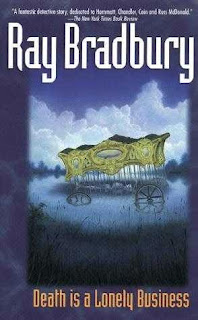 Ray Bradbury is quite simply one of the best writers to work in the latter half of the twentieth century. He has written in a number of fields and genres and has at least one authentic classic to his name that transcends genre boundaries; one can not really be considered fully versed in modern American literature if one has not read Farenheit 451. He has a style which verges on the poetic without drifting over the line and becoming precious. His use of imagery is brilliant and is arguably as good as any who have ever sat before a battered manual typewriter to attempt to convey something, anything to a reader.
Ray Bradbury is quite simply one of the best writers to work in the latter half of the twentieth century. He has written in a number of fields and genres and has at least one authentic classic to his name that transcends genre boundaries; one can not really be considered fully versed in modern American literature if one has not read Farenheit 451. He has a style which verges on the poetic without drifting over the line and becoming precious. His use of imagery is brilliant and is arguably as good as any who have ever sat before a battered manual typewriter to attempt to convey something, anything to a reader.






